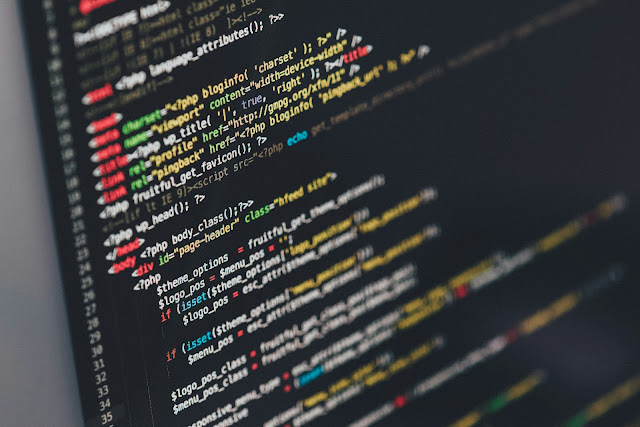The evolution of the internet and its wider acceptance and popularity has transformed human daily life. To maximize the enormous opportunities and large amounts of data available in the internet space, the Web architecture is continuously upgraded and expanded.
From what's known to be a static informative feature of Web 1.0 to the systematic and dynamic engaging feature of Web 2.0, developers and engineers have improved the internet, incorporating latest possibilities to make the space inclusive, open, and equal.Already, the newest Web 3.0, which is the latest revolution in the internet space and being explored by the likes of swissmoney, is indeed coming to shape and improve the way we interact online.
In this piece, we will unravel the idea behind Web 3.0, its features, key applications of web 3.0 and the potential impact it may have on our various lives as a people and an individual.
What is Web 3.0?
Web 3.0 is simply the next generation in the digital landscape. It is often referred to as a decentralized web or the Semantic Web, primarily designed to enhance how we interact, exchange information, and access the internet.There's a sharp difference between Web 2.0 and Web 3.0. While Web 2.0 is focused on user-produced content and social media platforms, the Web 3.0 is a decentralized system purposely designed to promote smarter applications and enhance data interoperability.
The Key Features of Web 3.0
Web 3.0 encompasses several key features that set it apart from the existing iterations of the internet. These features include the following:Improved User Experience: Web 3.0 is designed to deliver customized and context - aware user experiences. By relying on data users, this system, as well as its application, AI technologies, and machine learning algorithms, can tailor content to meet user's needs and experience.
Semantic Web: Web 3.0 is designed to make information more understandable and meaningful to machines by using linked data, ontologies, and metadata. This provides an opportunity for a more intelligent search, customized user experience, and automated data interpretation.
Smart Contract: Web 3.0 introduces self-executing systems known as smart contracts that automate transactions after certain requirements are met. Built on blockchain technology, smart contracts initiate trustless and automate transactions, removing the need for middlemen.
Decentralization: Web 3.0 uses decentralized technologies such as blockchain to transfer and distribute data across network nodes, eliminating the need for a centralized authority or middlemen.
Key Applications of Web 3.0
With blockchain at its basis, web 3.0 creates new possibilities by expanding new range of services and apps, such as listed below:DeFi: Decentralized Blockchain technology is being used as the basic framework for decentralized finance, which is a new case that provides enormous financial services beyond the limit of conventional or traditional banking systems.
NFTs: Non-fungible tokens are tokens that are individually unique and are kept in a blockchain with a cryptographic hash.
dApp: Decentralized Applications (dApp) are protocols that run programmatically and are logged in a well secured ledger. They are built on Blockchain and leverage smart contracts to promote service delivery.
Chain Crossing bridges: in the era of web 3.0, there are multiple blockchains, and chaoncrossing is used as a means of connecting them all.
DAO: DAOs are designed to potentially handle the role of web 3.0 governing bodies, providing some decentralized structure and governance.
How Will Web 3.0 Change Our Lives?
Due to the fact that web 3.0 has a decentralized nature, which is designed to distribute smart contracts and ledger technology, Web 3.0 is intended to produce sustainable results. It also lowers costs by eliminating middlemen, arbitration, and manual mediation.Web 3.0 gives an individualized surfing experience for everyone leveraging it. Websites will be able to automatically adjust to your location, devices, and any accessibility needs we may have, until our web apps become adaptive and receptive to our usage patterns.
This latest development is set to enhance in three main reasons, which we believe is fairly appropriate and reasonable to discuss in the light of this emergence.
A More Personalized Browsing experience and Process
There is no need denying the fact that the ease of being able to quickly click through to a particular offer for something you actually need or desire and that you would have missed otherwise, regardless of how intrusive those advertisements may occasionally feel.More Improved App Interfaces
The multidimensional Web 3.0 is bringing new possibilities just more than what ordinary websites can offer. Web 3.0 innovation will enable website applications to provide users with far better and richer experiences.Think of mapping services like Google, which can now include route planning, lodging suggestions, and real-time traffic updates in addition to the basis of location search, which was not in the design of the previous web innovations.
Enhanced search
As earlier mentioned, using a search engine in natural language is very effective and faster. Using this has many advantages, far beyond the user as the learning curve becomes invisible, and businesses are growingly becoming more optimized, embracing a more organic way as their method for their websites search engines.This is far better than the previous, most complicated keyword techniques that many businesses websites were designed with.

No comments:
Post a Comment